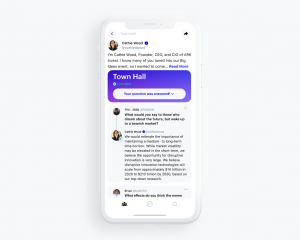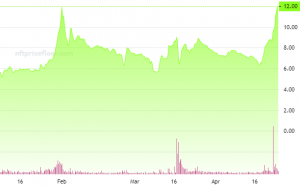Google Consolidates Performance Reporting In Search Console
Google plans to change how the Search Console Performance reports count some metrics. At the end of March, rather than use the URL that appears in the search bar, Google said that for some searches it will begin using the canonical URL for reporting.
The change is intended to help marketers see all the search metrics for all content at one property in one place. Mobile or AMP pages will also show as one property making it easier to identify issues. And it will improve the AMP and mobile-friendly reports by serving up more data.
Google said it will backdate all the data to January 2018, and allow marketers to view both old and new versions for a few weeks during the transition to see the impact and understand the differences.
The company did make suggestions on how to prepare for the change. Google suggests that marketers should adjust any custom traffic reports created based on changes, and review user access rights to make sure the right people have the right access to the right reports.
It will affect individual URLs. Marketers will see traffic shift from any non-canonical, which are duplicate URLs, to the canonical URL.
Marketers also will see data from an alternate property, such as a mobile site, shift to the “canonical property.” The alternate property traffic probably will not drop to zero in Search Console because canonicalization is at the page, not the property level, and the mobile property might have some canonical pages. AMP property traffic will drop to zero in most cases, except for self-canonical pages, according to Google.
Marketers can still filter data by device, search appearance like AMP, country, and other dimensions without losing important information about the traffic.
(51)
Report Post






